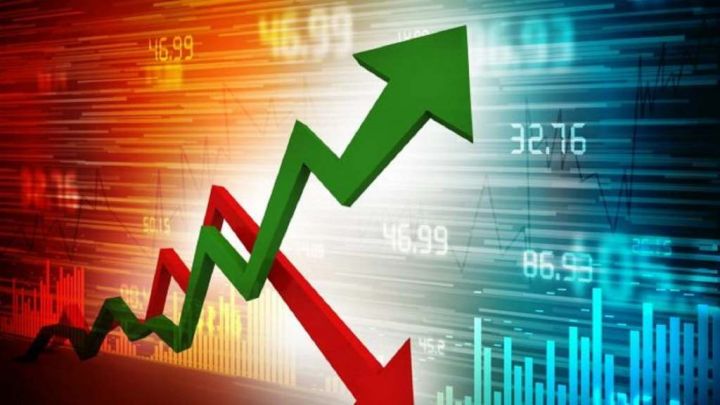Infostride News has reported that Stears, a data-driven insights provider, has issued a concerning forecast for Nigeria’s inflation rate, predicting that it may surge to 30 percent by December 2023. This alarming projection was revealed as part of Stears’ Pan-African inflation forecasts, which are based on a thorough analysis of various factors influencing inflation, both general and specific to each country.
According to Stears’ Head of Insights, Fadekemi Abiru, the exchange rate premium, which represents the difference between official and parallel exchange rates, witnessed a significant increase in September, reaching 25.2 percent. This substantial rise from August indicates a growing gap and heightened inflationary pressures. Abiru expressed concern that unless there are substantial dollar inflows into the Nigerian economy, this gap is expected to continue widening. Furthermore, the prolonged rainy season has adversely affected harvests in the country, contributing to the inflationary pressure.
Stears is committed to providing valuable forecasts to guide corporate decision-makers, professionals, and policymakers in making informed decisions related to pricing, investments, and policies. Their inflation forecasts, spanning from October 2023 to December 2024, include both average and year-end predictions for both 2023 and 2024, enabling stakeholders to plan accordingly.

It’s essential to note that Nigeria currently grapples with one of the highest inflation rates globally. The escalating cost of living has pushed an estimated four million people into poverty between January and May 2023. The World Bank attributes this dire situation to the removal of fuel subsidies and the devaluation and unification of the exchange rate system, which continue to exert inflationary pressure and erode the purchasing power of the average Nigerian.
In the World Bank’s Africa Pulse report, it was observed that the administration led by Tinubu implemented a series of reforms, including the removal of fuel subsidies and the devaluation and unification of the exchange rate system. Since the end of May, petroleum prices have more than tripled, and the naira has weakened by nearly 40 percent against the US dollar since the mid-June devaluation. While these measures are intended to enhance the fiscal and external accounts of the nation, their short-term impact is inflationary, impacting households’ purchasing power and economic activity.
Notably, Nigeria’s current inflation rate surpasses the World Bank’s projected inflation rate of 25 percent for 2023, indicating the severity of the issue. The International Monetary Fund (IMF) also weighed in on the matter in its recent World Economic Outlook report, forecasting that high inflation is expected to hinder Nigeria’s economic growth, reducing it to 2.9 percent in 2023. This projection underscores the far-reaching consequences of the country’s persistent inflationary pressures.
In summary, Stears’ latest forecast suggests that Nigeria’s inflation rate is on a concerning trajectory, with a potential climb to 30 percent by the end of 2023. The combination of factors, including the growing exchange rate premium and adverse weather conditions affecting agriculture, contribute to this inflationary trend. This issue is exacerbated by the removal of fuel subsidies and exchange rate reforms, as highlighted by the World Bank and IMF, which are expected to continue impacting the country’s economy and purchasing power. Consequently, it is imperative for policymakers, businesses, and professionals to consider these inflation forecasts in their decision-making processes and to implement measures to mitigate the adverse effects on the population and the economy as a whole.
Support InfoStride News' Credible Journalism: Only credible journalism can guarantee a fair, accountable and transparent society, including democracy and government. It involves a lot of efforts and money. We need your support. Click here to Donate
